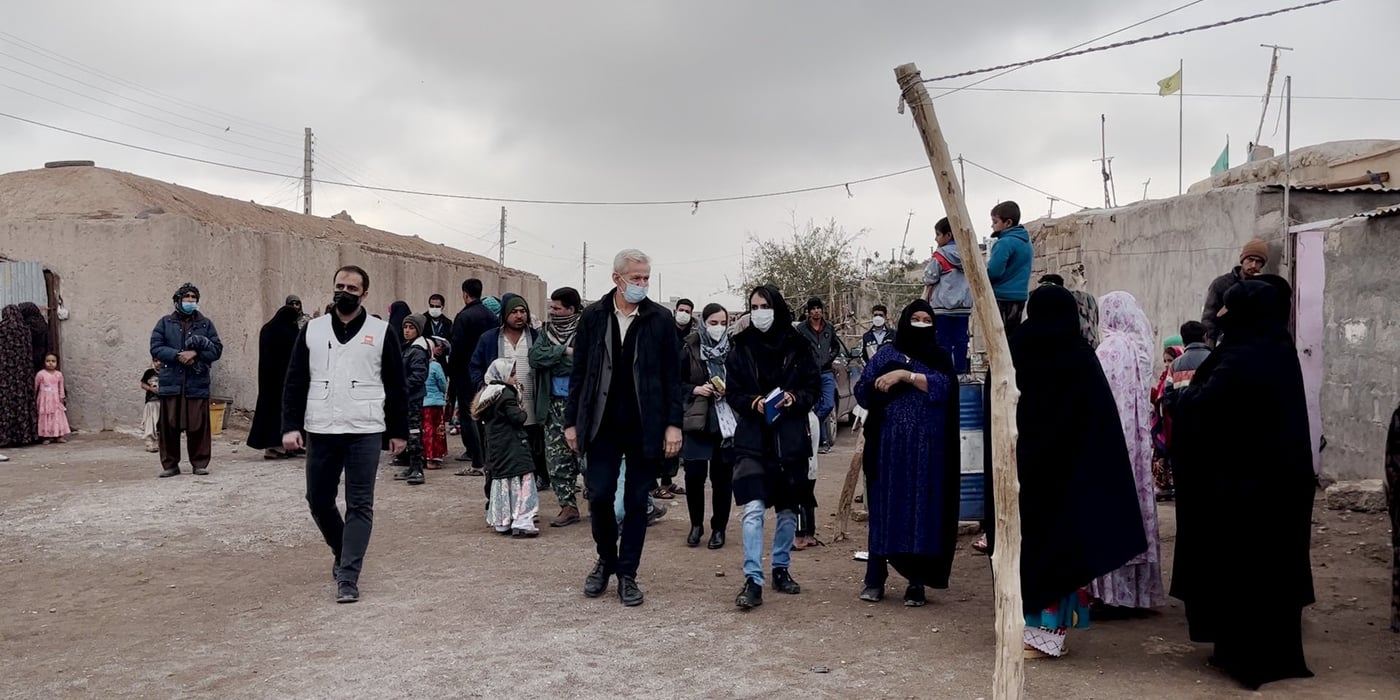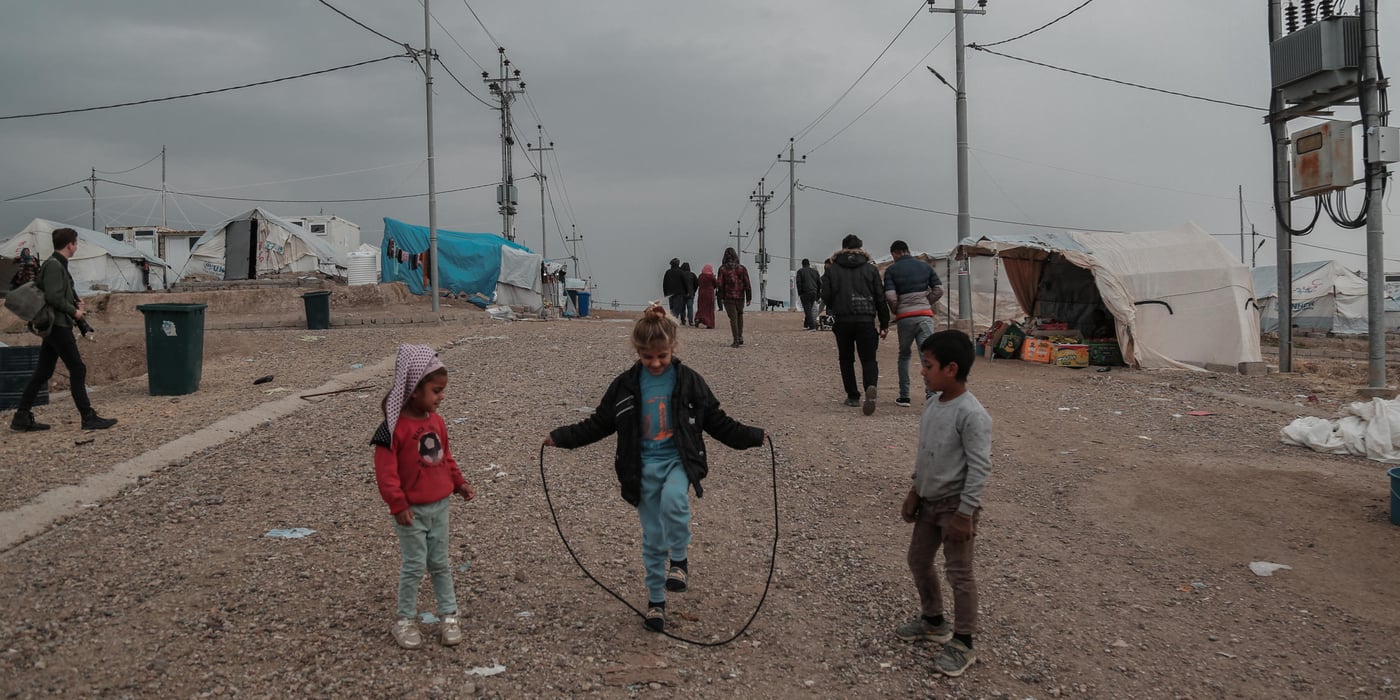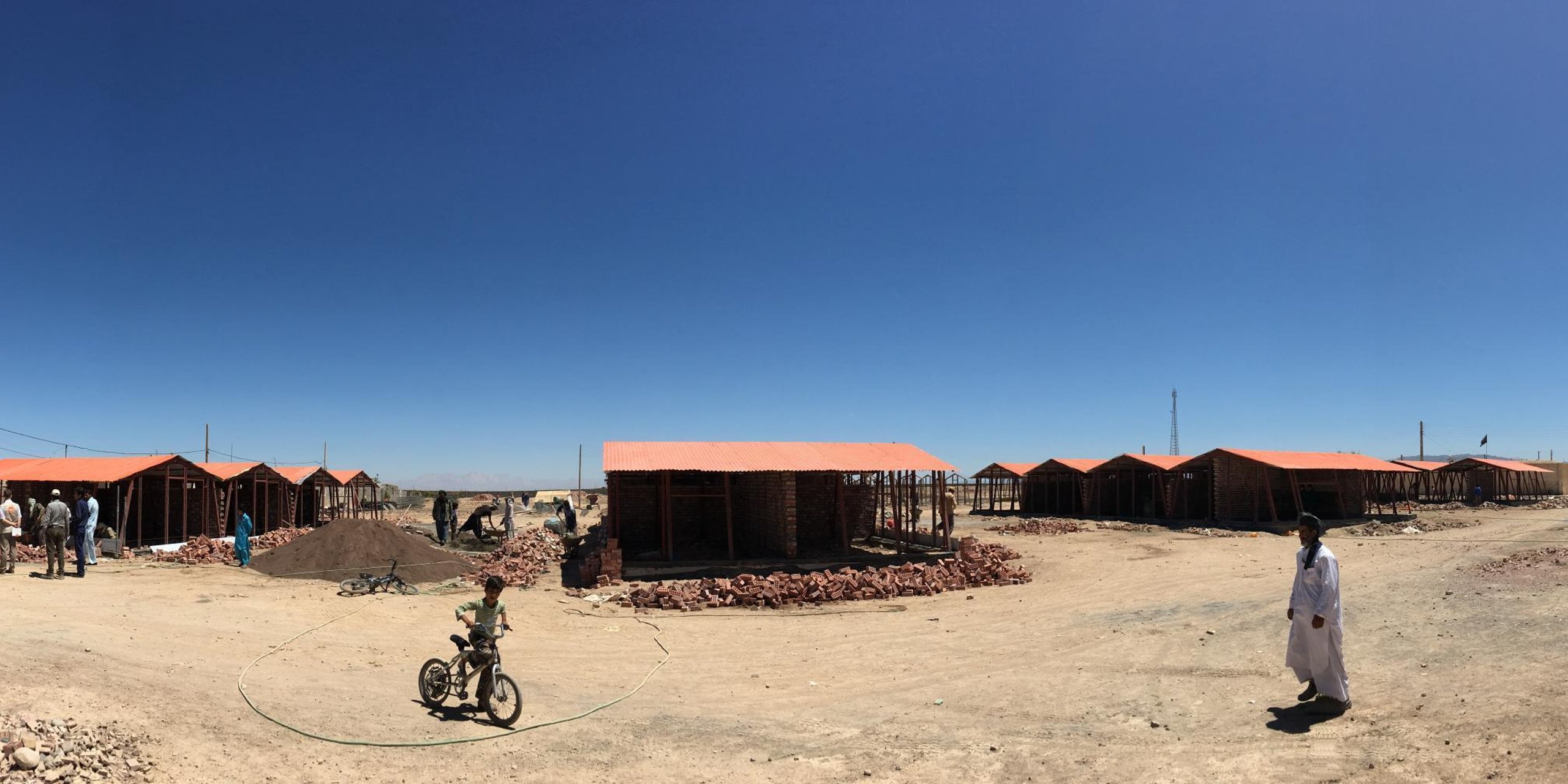
He lives in Bardsir settlement in Iran’s south-eastern Kerman province. Here, Afghan families used to live in makeshift dwellings with poor ventilation and light, unprotected against earthquakes or fire hazards.
“The mud home we lived in before was unsafe, with all sorts of problems,” he says. “It caused stress, fear and diseases.”
Designing new homes
Since 2013, as a part of our shelter programme, the Norwegian Refugee Council (NRC) has been working with Afghans in Bardsir to build proper shelters. Working in three phases, we’ve helped hundreds of families move into new homes. In October 2016, before the planning and development of the final phrase began, we invited the residents still waiting to relocate to a design workshop where they identified their needs and sketched out plans detailing how they believed their new homes should be.
Thirty-year-old Zahra was one of the participants.
“For the first time, women among us were invited and I’m really happy that our opinions were asked,” she says.
Zahra participated in the women’s afternoon session of the one-day NRC workshop, where we sought inputs directly from the community. Male members of the community took part in the morning session.
Zahra enjoyed working with her fellow community members, sketching and drafting plans for new shelters. She explains: “It gave us hope, to have a say in the making of our new homes. We drew our wishes for a home for our future.”
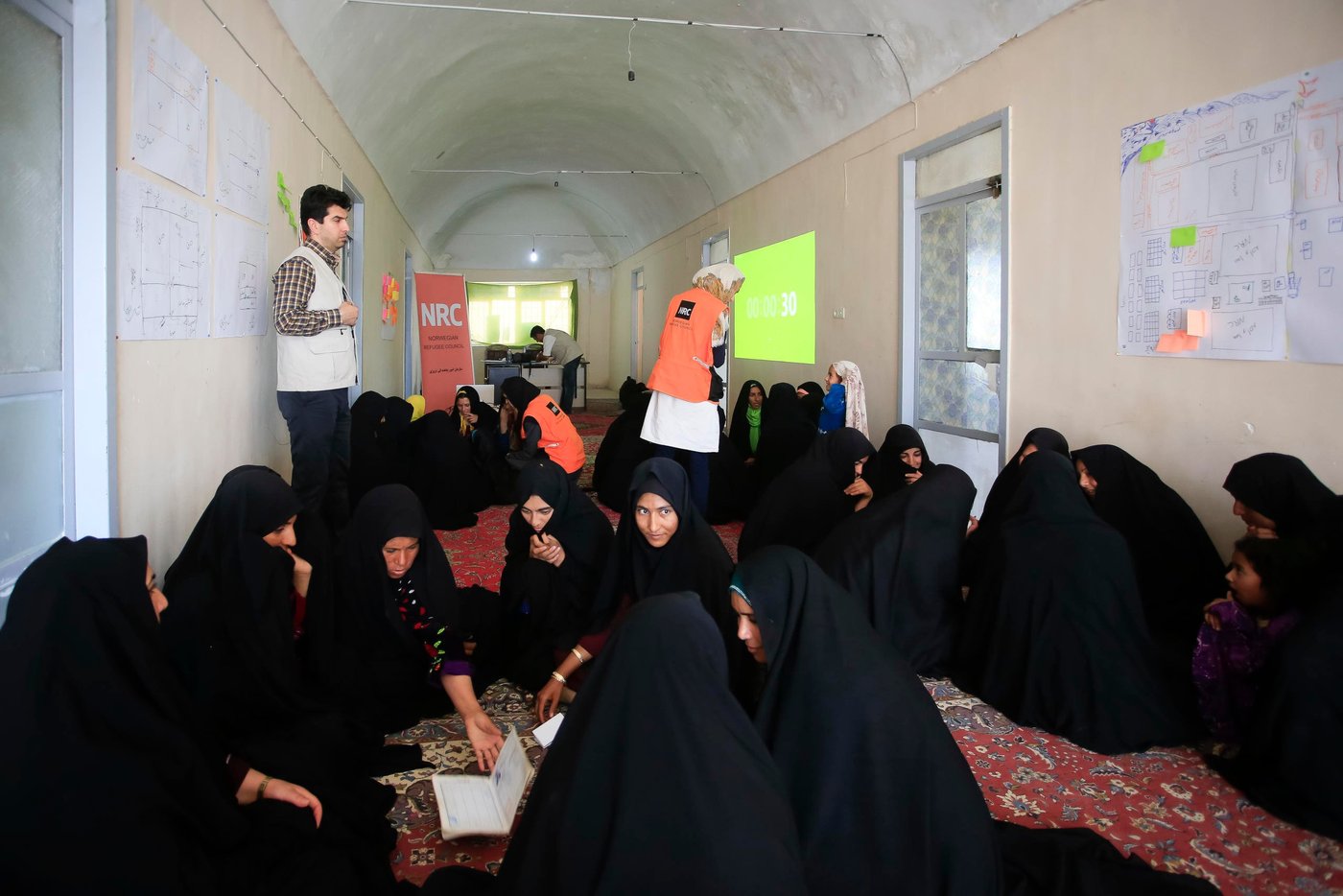
Cardboard and mud
As is the case for displaced people around the world, displaced Afghans like Nasrullah and Zahra are in need of proper shelters. In the early stages of displacement, tents are usually set up in camps to meet immediate needs. Over time, displaced communities start to gradually upgrade their living conditions with easy-to-find basic materials like cardboard, wooden twigs and mud. But these “improvements” do not result in safer and more dignified shelters.
In Iran these makeshift dwellings are called aloonaks and are usually made with a mix of mud and cardboard scraps. They are common in camps throughout the country and have been gradually developed by the households from the original plastic tents they received when they first arrived decades ago.
In Bardsir settlement, when the local community saw the need for safer shelters, NRC agreed with the Government of Iran to engage with residents and pinpoint their accommodation needs.
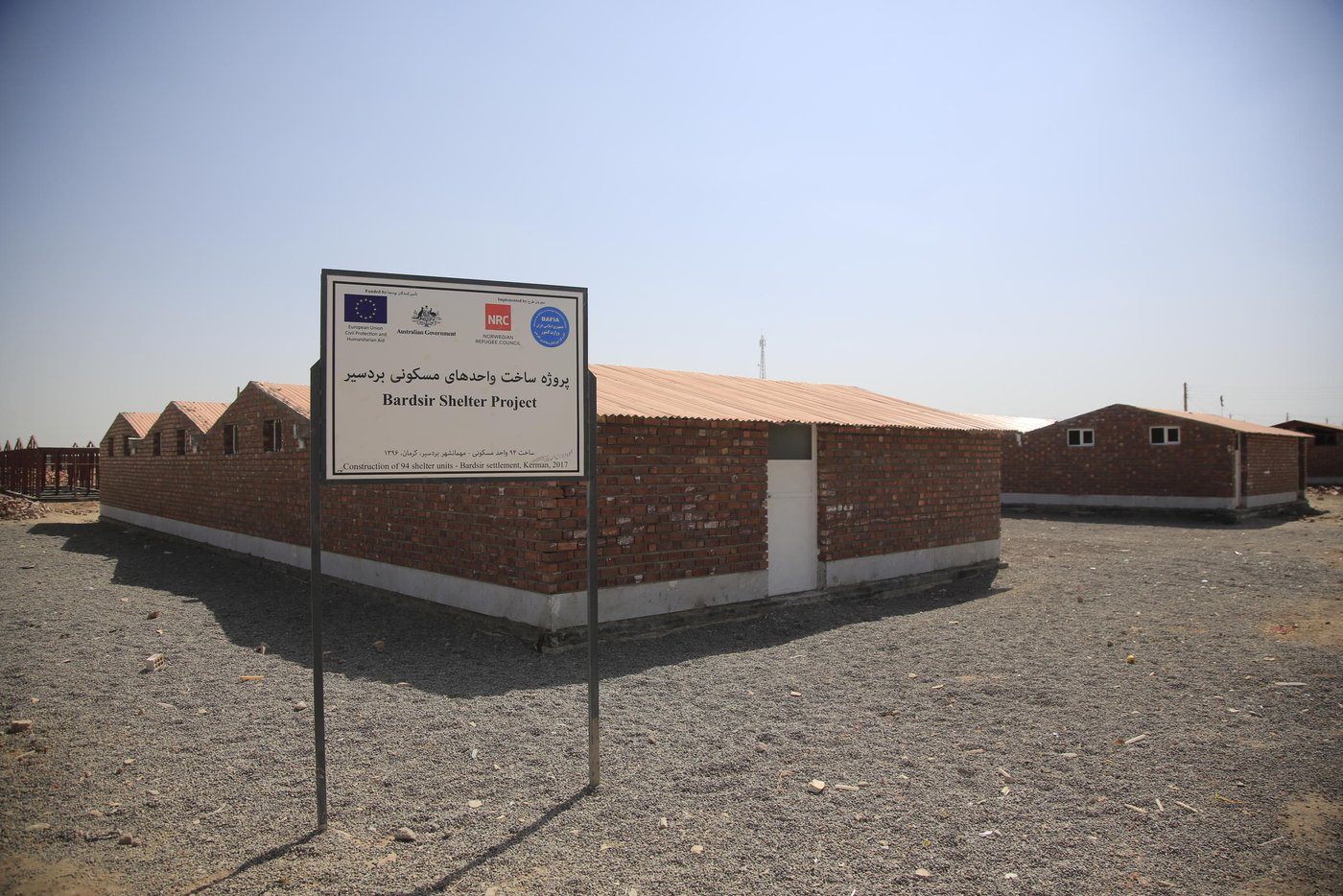
Step by step
Between 2013 and 2016, during the first two phases of the project, NRC constructed 240 shelters. The community was involved in the entire process, from planning, formulating designs and constructing shelters.
In early 2017, the Direct Aid Programme (DAP) of the Australian Embassy in Iran, with the Directorate-General for European Civil Protection and Humanitarian Aid Operations (ECHO), co-funded the construction of 94 shelters to replace Bardsir’s last remaining aloonaks as the final phase of the project. The government of Iran donated steel frames and NRC repurposed them for these shelters, helping us work towards our sustainability and environment-friendly goals. Community members have done the construction work, using locally sourced material and were paid directly by NRC to help stimulate the local economy.
In early September 2017, the Australian Ambassador to Iran, Ian Biggs, saw the construction’s progress first-hand with his delegation.
“The reason we keep coming back and keep seeking opportunities to cooperate with NRC,” Ambassador Biggs explains, “is because the work that you do is effective and efficient, and seems to make a difference in people’s lives.”
Zahra and others from her community, about 476 people, will soon be moving from their sub-standard dwellings to their newly constructed shelters built during this final phase. They have better sanitary standards, a sewage collection system and individual showers and latrines.
Nasrullah had already moved with his family to one of the shelters built in the earlier phases. “The new homes have made a huge difference in our hygiene and peace of mind,” he explains. “We feel our home is safe and clean.”


